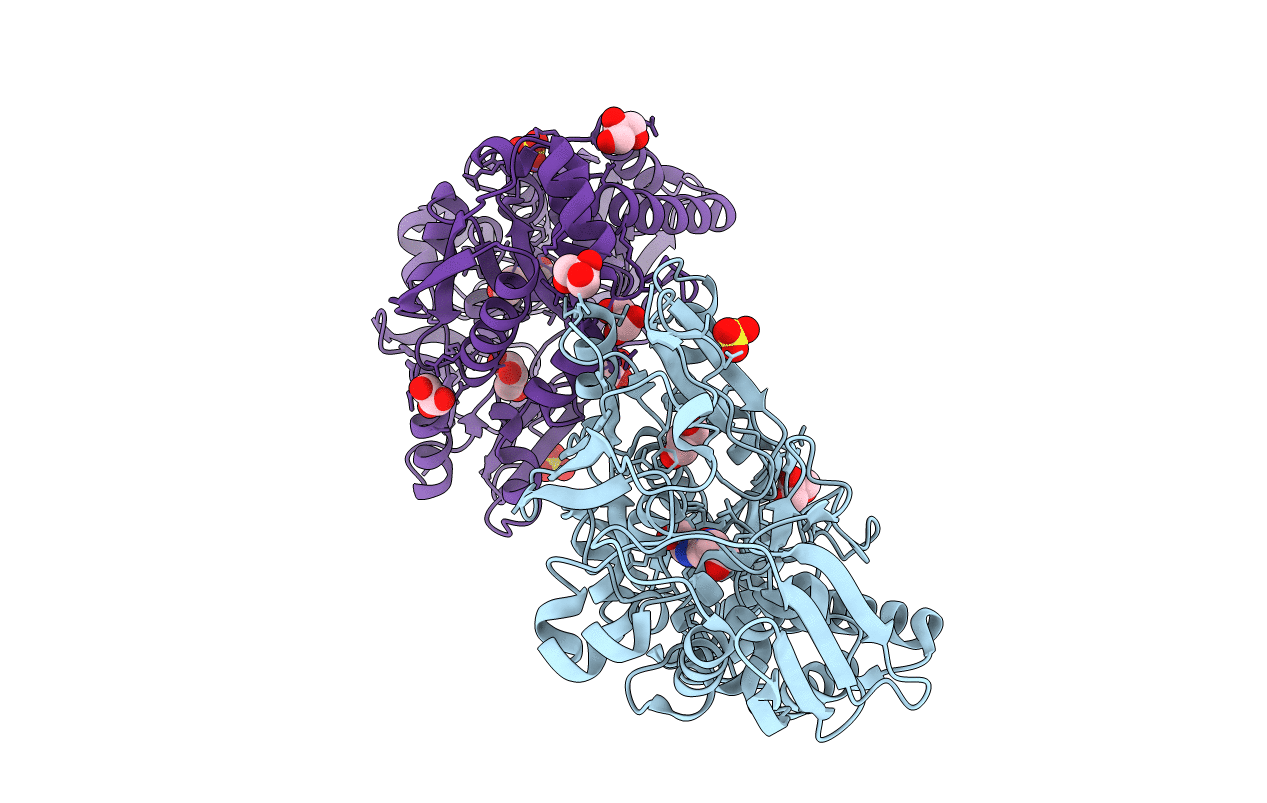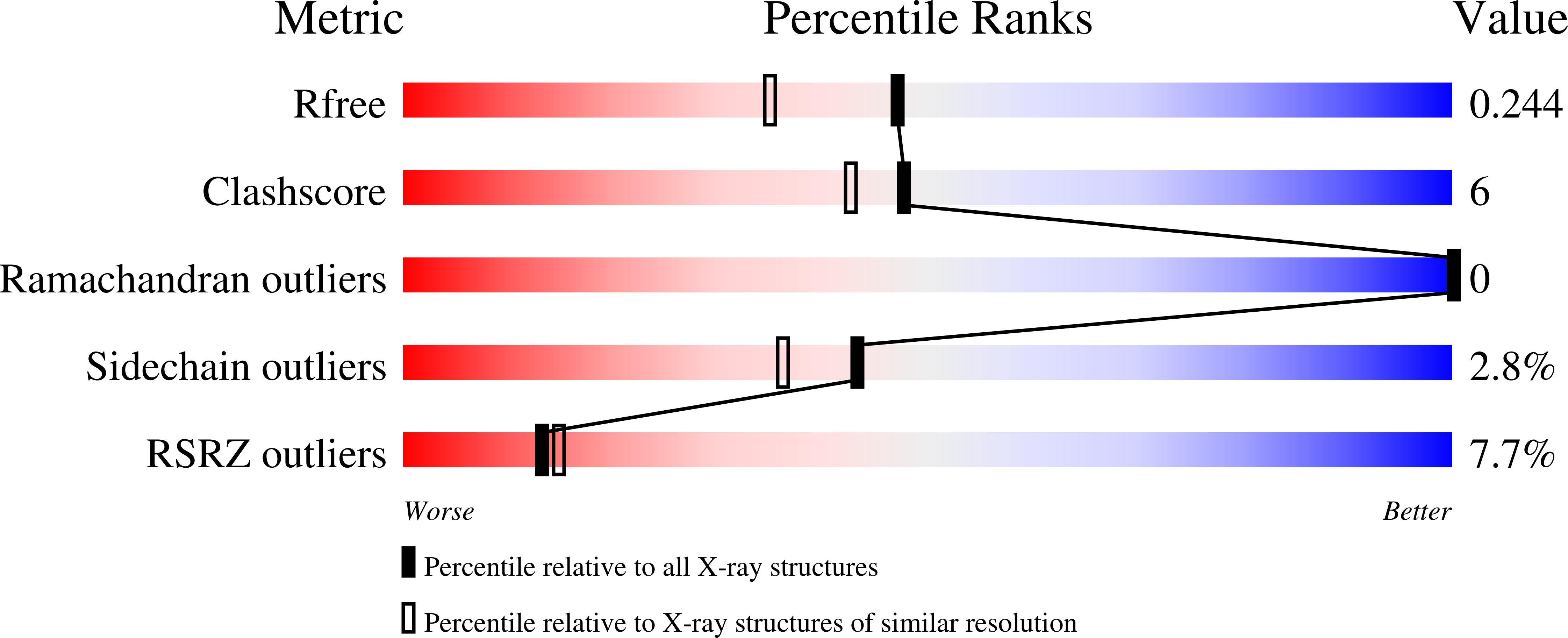
Deposition Date
2020-12-10
Release Date
2021-03-17
Last Version Date
2023-10-18
Entry Detail
PDB ID:
7KZ9
Keywords:
Title:
Crystal structure of Pseudomonas sp. PDC86 substrate-binding protein Aapf in complex with a signaling molecule HEHEAA
Biological Source:
Source Organism:
Pseudomonas sp. PDC86 (Taxon ID: 1882759)
Host Organism:
Method Details:
Experimental Method:
Resolution:
1.90 Å
R-Value Free:
0.24
R-Value Work:
0.19
R-Value Observed:
0.19
Space Group:
P 1


